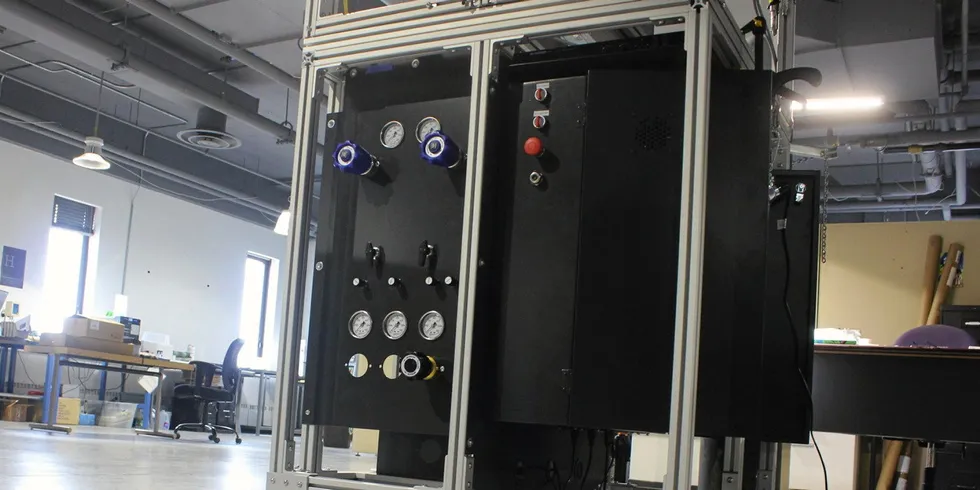'Cheaper green hydrogen' | US start-up's novel low-cost electrolyser promises 30% more bang per buck
Wisconsin-based Advanced Ionics tells Recharge that its Symbiotic technology will offer a lower levelised cost of hydrogen than other types of electrolyser — when used in industrial settings
